Why do people put aluminum tin foil on Windows?
If Id have to be honest, the first thing I think about when I see a house that has the windows covered in aluminum tin foil is there must be something nefarious going on inside of the house. Drug dealers, crack cocaine, they’re doing something, I know it.
But that hardly makes sense. Why go to the trouble of attracting attention to yourself by blacking out the windows with aluminum foil if you were actually involved in criminal activity.
There are a lot better reasons that actually makes sense to cover your windows and aluminum foil.
Here are a few good reasons people put aluminum foil on Windows.
1. Darkens the room for sleeping
Aluminum foil is completely airtight without any way to see through it at all.
Putting tin foil on the Windows is an effective way to black out your room for sleeping.
There are plenty of professions and jobs that require people to work at night and sleep during the day.
And a lot of people, including myself need a dark room to be able to sleep soundly.
A dark room for developing film also requires complete blackness.
2. Does tin foil reflect Heat?
Easily the most common reason people put tin foil on the window is to reflect the heat coming in from the Sun.
This is not a new ideal.
Aluminum backed Radiant barriers are sold as insulation wrap for your attic to reflect the sunlight pounding the exterior the roof thereby cooling off the Attic and helping lower the energy bill.
Attic and wall insulation can also be purchased with an aluminum foil backing with the same ideal of placing the insulation with the foil side to the inside to reflect the heat.
NASA has long used this technique to to reflect the Sun from transferring heat into the space shuttle.
Another example is a windshield shade for your car. Many times you we’ll see a shade that has aluminum foil backing on the outside to help reflect the Sun.
Putting foil on the windows follows this logic.
But aluminum foil on its own is not the most reflective of surfaces.
Adding the tin foil to a layer of cardboard before putting it in the window will create a much better Radiant barrier reflector then tin foil alone.
And it’s an easy DIY recipe to help reflect and block the Sun from heating up your room.
3. Privacy
Most people just shut the blinds when they want privacy but if you need absolute privacy with no chance of anyone peering around the edges of your curtains, aluminum foil on the Windows is an effective way to block anyone from looking into your house.
4. Keeps the glare off the windows
Glare coming off the windows can not only be annoying because it reflects off of the TV or your computer screen making it hard to read or watch TV, it actually makes the sun feel like a magnifying glass peering down on you.
Aluminum tin foil on the windows, whether it be your taste or not, is an effective way of keeping glare from coming through your windows.
 5. Reduces the energy bill
5. Reduces the energy bill
Aluminum foil on the windows can keep the sun from coming in and heating the house which causes the AC to kick on. By effectively blacking out the windows with aluminum foil, you could save on your energy bill because of the lesser need of the AC.
Is it safe to put aluminum foil on Windows?
It is absolutely safe to put aluminum foil on the windows, after all we are talking about a product that is made to put on your food and cooked in the oven.
There is no chance of toxins or radiation being released from the foil in the windows.
Tin foil is made to withstand extra high temperatures while keeping your food from burning.
Is Aluminum foil on windows illegal?
There are no laws against blocking out your windows so that people cannot look inside of your house. After all many people live in apartments where there is no possibility of being able to look into your home anyway
Can aluminum foil catch on fire?
Aluminum foil does not catch fire. It is one of the most durable ways to heat food up on a campfire without ever having to worry that it will incinerate.
Tin foil on Windows shiny side in or out?
When you put aluminum foil in the windows, the shiny side of the foil should be pointed towards the outside of the house. It is the most reflective side of the foil and has the best chance of reflecting sunlight.
Does aluminum foil reflect UV light?
Ultraviolet light is another term for sun light.
The shiny side of the aluminum foil is often used as a UV reflector on different products.
Does aluminum foil reflect radiant heat?
Perforated aluminum foil insulation is a popular product that is used to reflect radiant heat coming in to your attic. It is used in many products and applications to reflect radiant heat whether it be your home, for your vehicle.
Aluminum foil on Windows in winter
Does aluminum foil reflect the cold?
Aluminum foil does not keep things from getting cold. Tin foil is often used to wrap and store food in the freezer. If it reflected the cold, the food would not be able to freeze.
Likewise, putting foil on the windows to reflect the cold in the winter will not do anything to keep the cold from transferring through the window.
Aluminum foil on the windows in winter is still useful for other reasons.
The blacking out your windows is not just about keeping the heat out, it’s about blocking the sunlight from coming in when you need your room completely black for sleeping for developing film, etc.
It will also keep the glare from coming in from the windows as well as give you absolute privacy from people staring into your house.
Of course putting foil on the Windows is not everybody’s cup of tea, there can be no denying that there is actually some good benefits to doing so.
 Alternative to tin foil on Windows
Alternative to tin foil on Windows
Still not convinced.
Aluminum tin foil on the Windows is not the only game in town.
There are alternatives to putting tin foil on the windows.
1. Blackout curtains
Blackout curtains are what they sound like. They are curtains that are made to block out any light coming in through the window. Plus they do have the added benefit of creating a thermal barrier. See More Here
2. Blackout shades
Blackout shades have a similar effect as blackout curtains and many people prefer shades over curtains.
They often have the added benefit of being able to control their movement with a remote control. See Here
And if you are hooked up to Alexa or Google Assistant, you can control their movement by simply telling them to lower or rise.
3. Window film
Window film is usually the go-to product when you’re trying to lessen the amount of sunlight coming in to your windows. Whether you’re talking about a vehicle, your home windows or a 100 floor skyscraper, adding UV and heat rejection film is typically the first product that is used. View Here
4. Awnings
Awnings and eaves are a traditional way of keeping the Sun from pounding into your home through your windows. If you don’t need a complete blackout solution, awnings can add a dash of Elegance to the exterior of your home also. More Here
5. Heat resistant film
Some people do not want to black out their windows in any way but still want to reduce the amount of heat being transferred into the room by the sunlight on their windows. See here
Heat resistant film is a thick plastic product that can be purchased and cut to cover your windows. This product is a insulator that you can see through. Is it as effective as blocking out the Sun? probably not. But it will reduce the amount of heat, though however marginally.
How to put aluminum foil on Windows.
Things you will need:
- Double sided Scotch tape
- Aluminum foil
- Razor blade or a sharp razor knife
- Cardboard
- Spray adhesive
1. Apply some double-sided Scotch tape to the outside perimeter of the window pane. The closer you can get it to the frame, the easier time you will have cutting the aluminum foil.
2. Tear you off a piece of tin foil big enough to cover the entire glass. Leave the tin foil big enough that there’s an overhang to cut off
3. Stick to tin foil to the window using the double-sided to keep it up while you take a sponge or a washcloth and gently press it flat and into every crease and corner, be careful not to tear the foil.
4. Take a sharp razor blade and carefully and slowly cut the tin foil around the crease of where the window meets the window frame.
How to make an install a radiant barrier using cardboard and aluminum foil.
1. Measure the window pane exactly.
2. Using a straight edge and a framing square, cut the cardboard to the exact size of the window.
3. Put the cardboard in the window and test it out to make sure you got a good fit.
4. Take a big enough piece of aluminum foil to cover the whole piece of cardboard and leave enough overhang to be able to cut off.
5. Spray the cardboard and the dull side of the aluminum foil with spray can adhesive.
6. Once tacky, put the tin foil onto the cardboard and press it down gently with a sponge or towel till it is completely flat on the cardboard.
7. Place the cardboard with the aluminum foil face down onto a surface that you can cut into. If you used a cardboard box for the cardboard, the leftover cardboard from the box is an excellent area to cut on.
8. Take your razor blade or sharp razor knife and cut around the cardboard through the aluminum foil. Be sure to go slow and be gentle as to not tear the foil.
7. Put some strips of double-sided clear tape on the window pane.
8. Press the aluminum foil backed cardboard into the window pane with the aluminum foil facing inside.
This also works well as a temporary way to black out your windows.


 5. Reduces the energy bill
5. Reduces the energy bill Alternative to tin foil on Windows
Alternative to tin foil on Windows 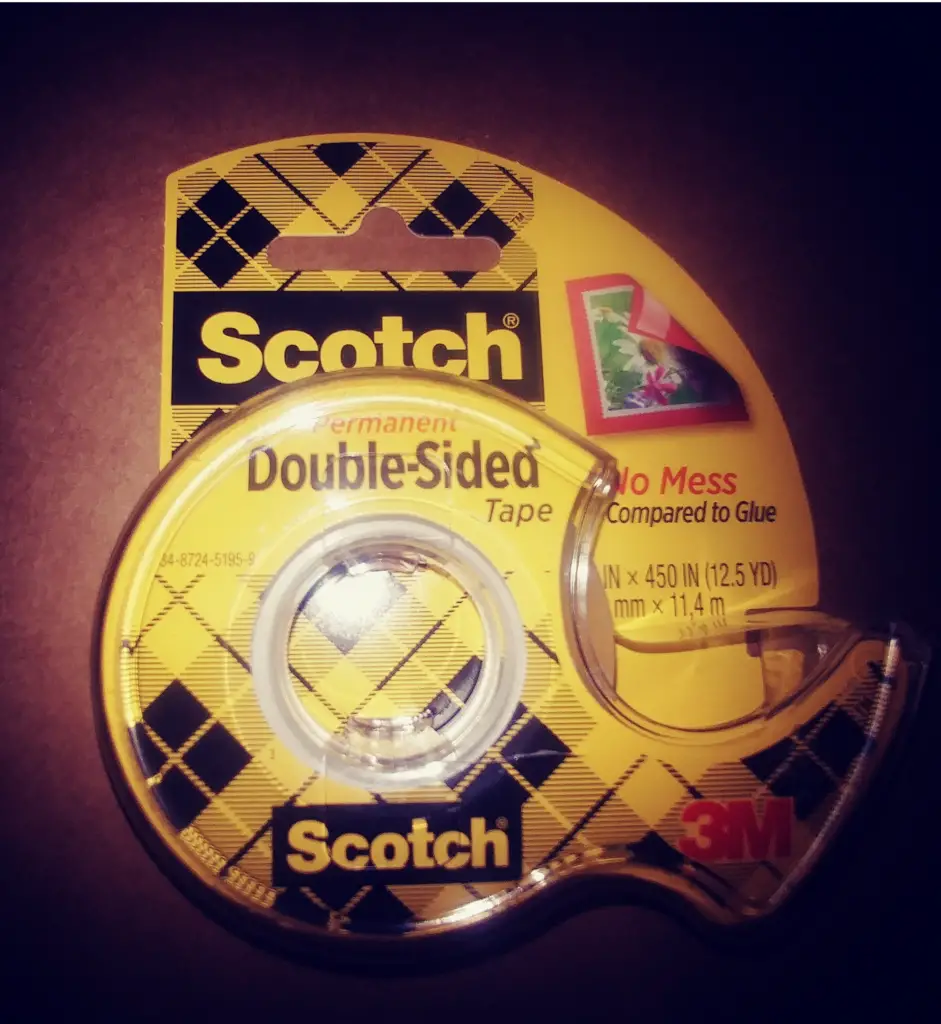


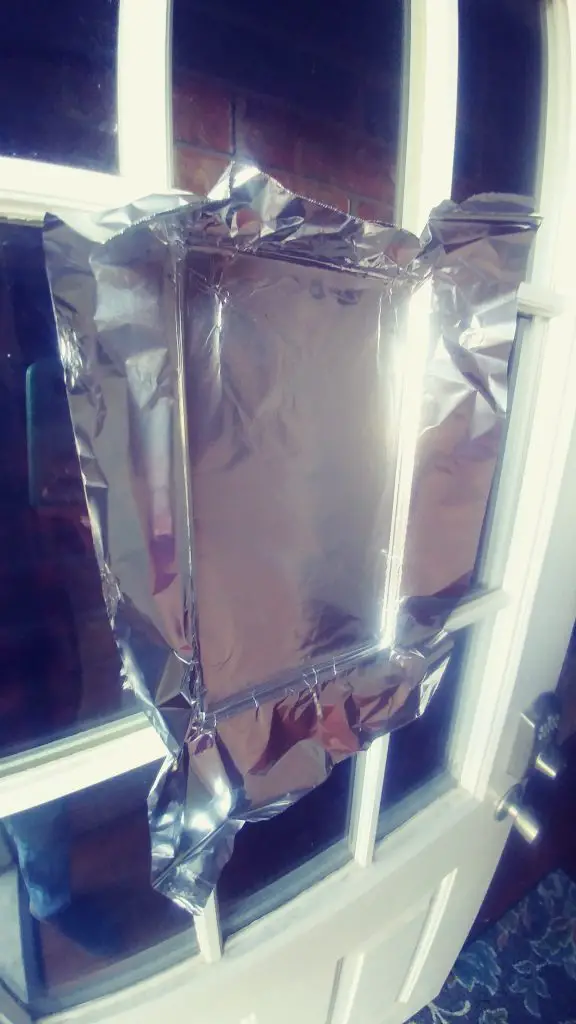
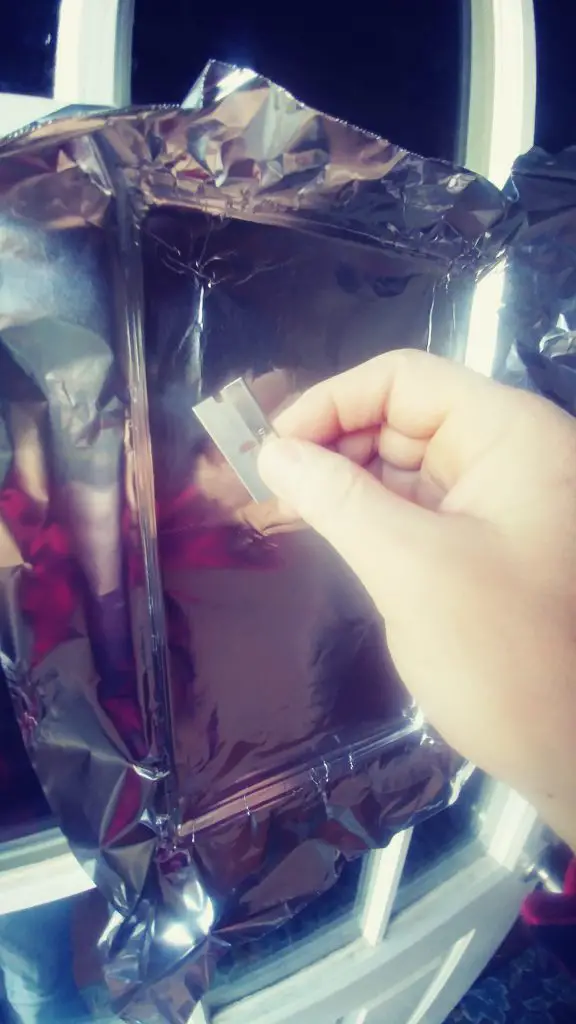
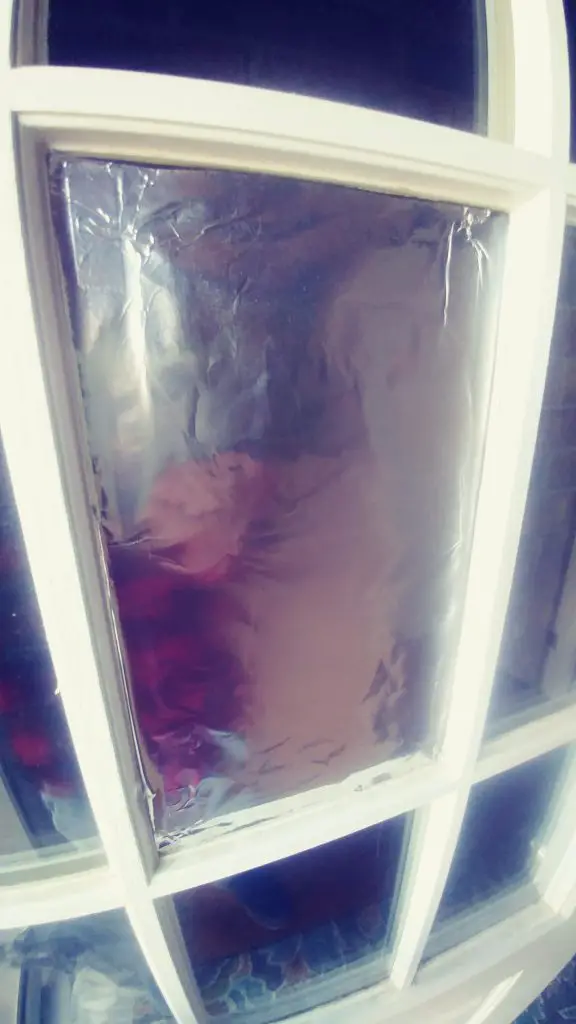


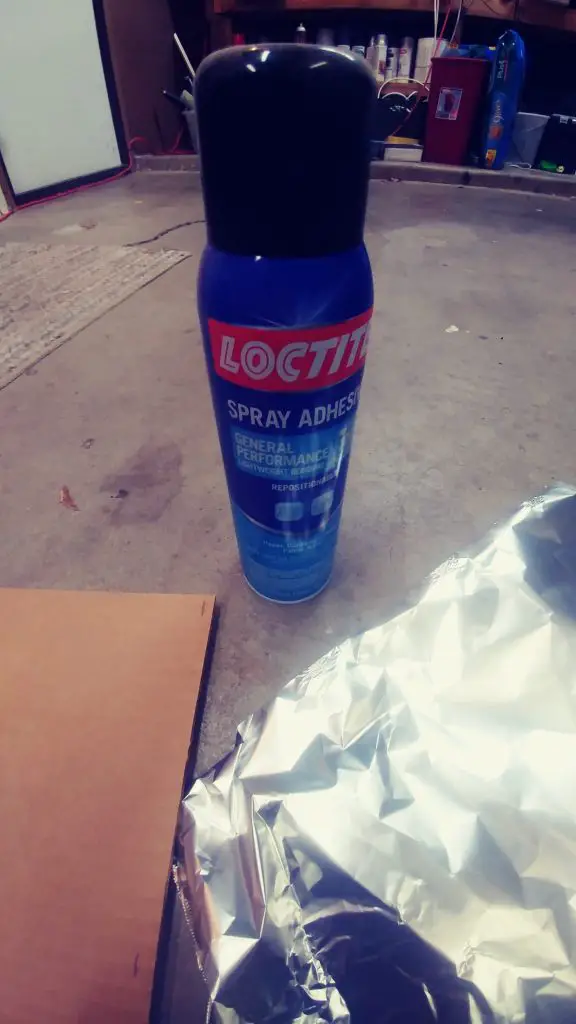



 1. Regular Cleaning and Maintenance
1. Regular Cleaning and Maintenance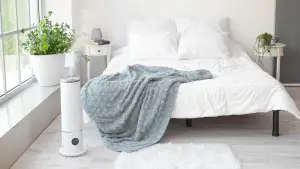 4. Safe Placement of the Humidifier
4. Safe Placement of the Humidifier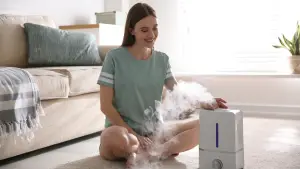 7. Auto Shut-Off Feature
7. Auto Shut-Off Feature

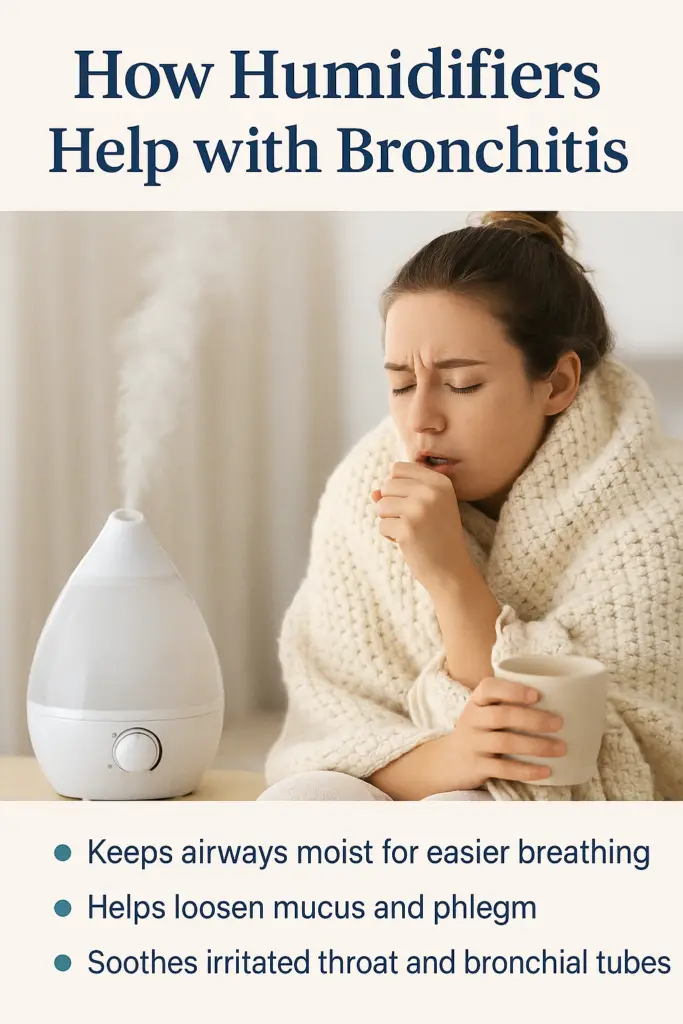 According to the
According to the 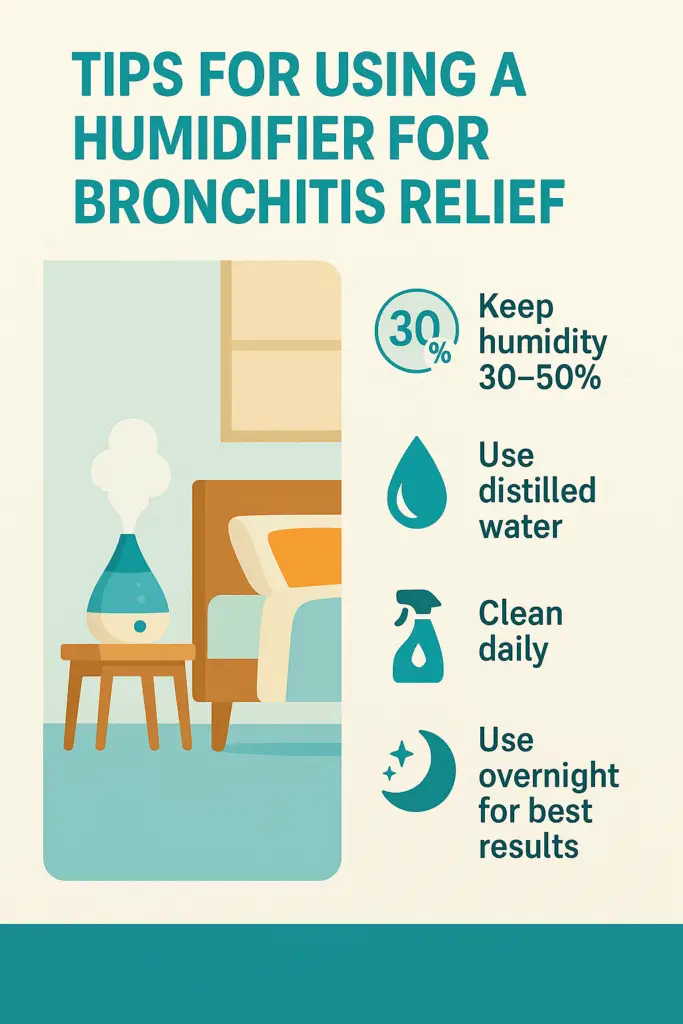 Bronchitis 101: The What and The Why
Bronchitis 101: The What and The Why Humidifiers to the Rescue: How Do They Help?
Humidifiers to the Rescue: How Do They Help?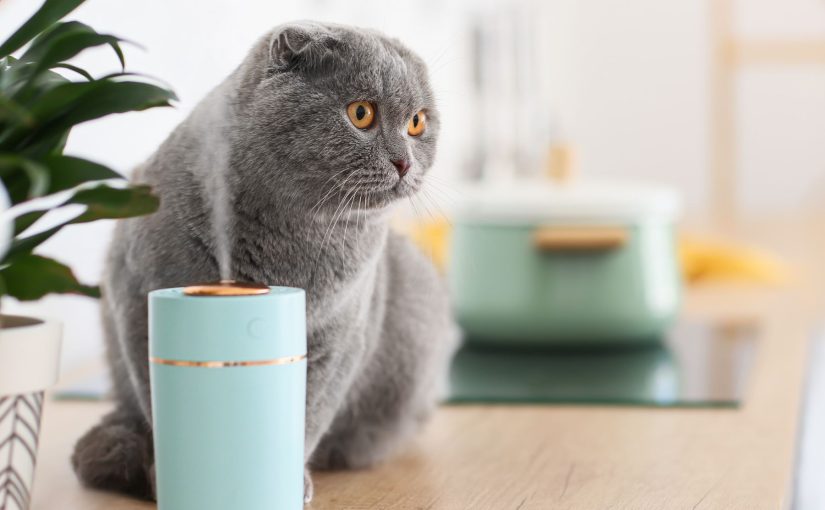

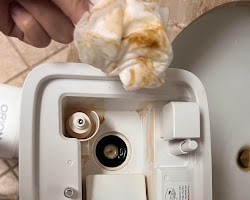 Preparing Your Humidifier for Next Use
Preparing Your Humidifier for Next Use







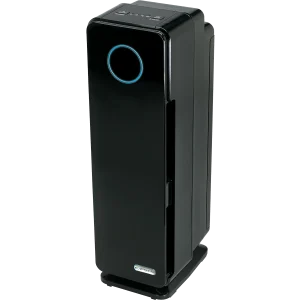
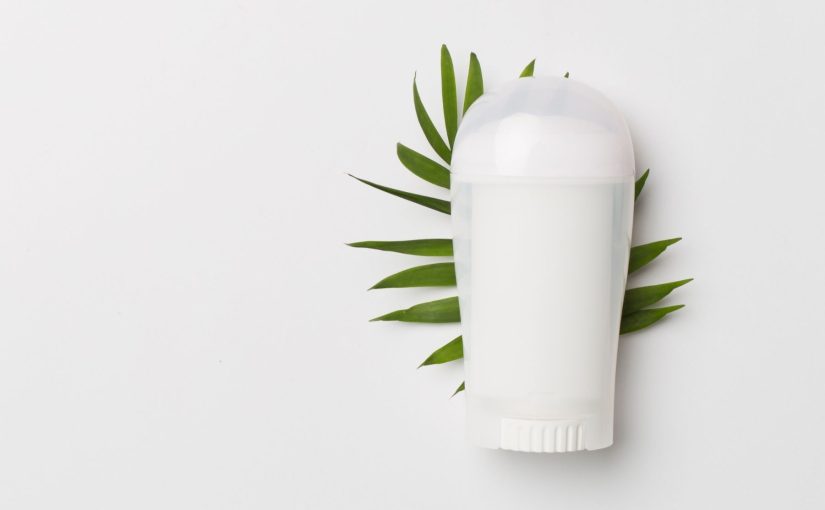

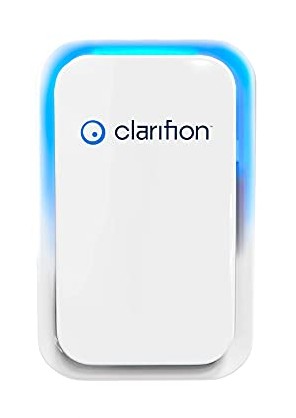 Clarifion
Clarifion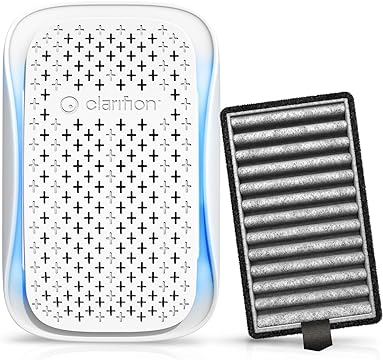 Clarifion DSTx
Clarifion DSTx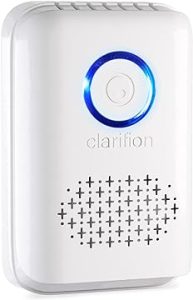 Clarifion ODRx
Clarifion ODRx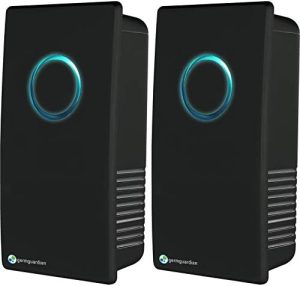 Germ guardian GG 1100 w 7 ”
Germ guardian GG 1100 w 7 ”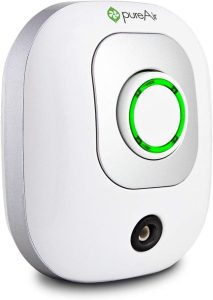 GreenTech pure air 50
GreenTech pure air 50
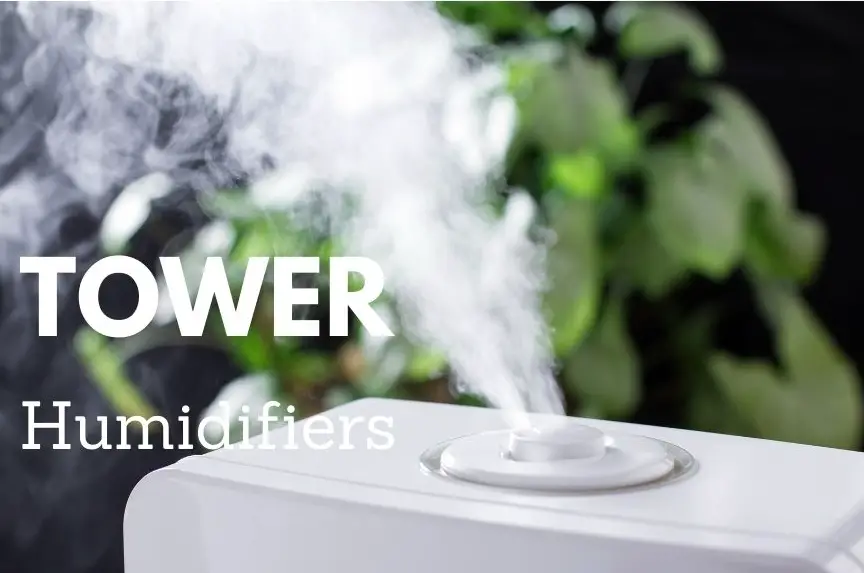
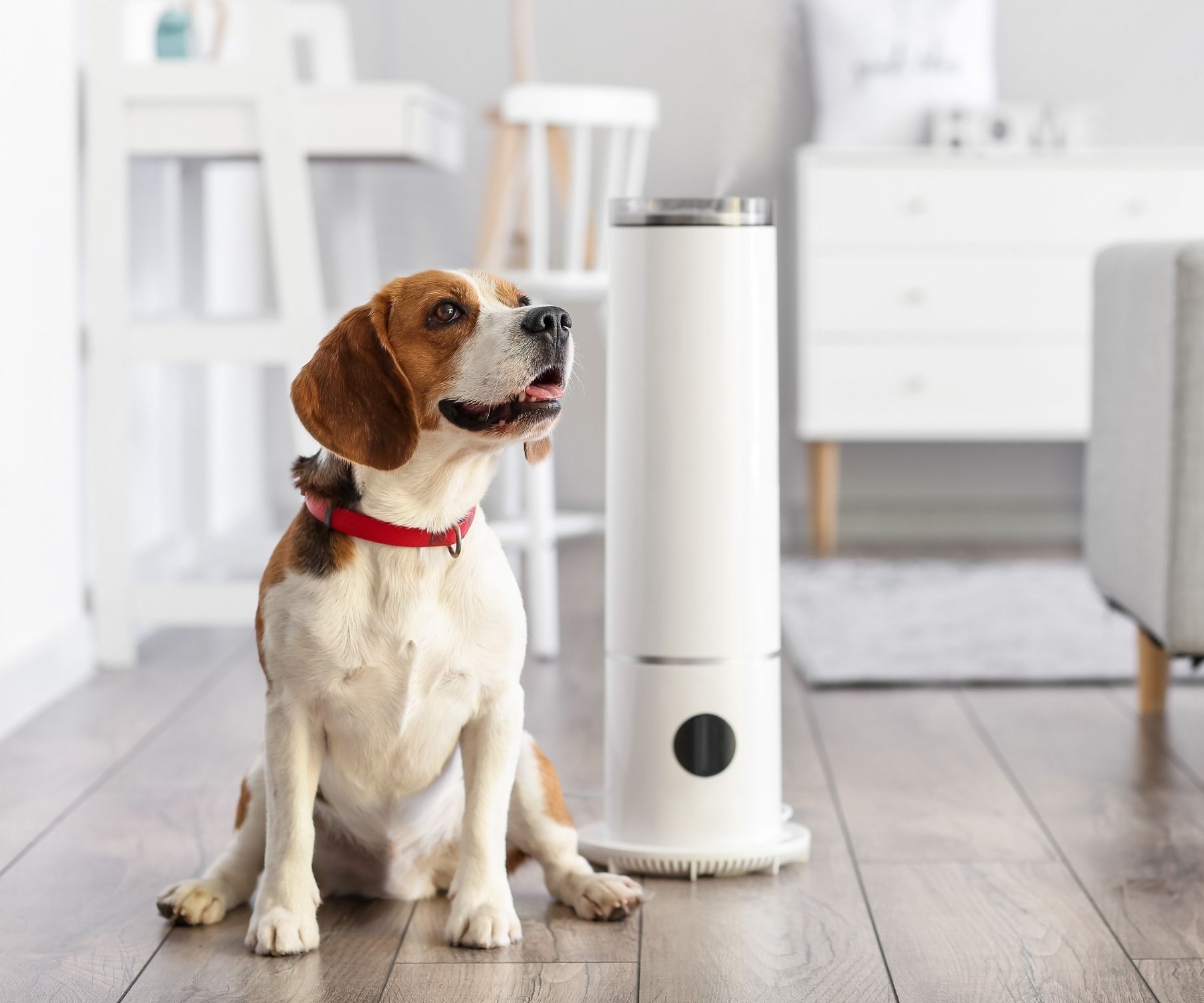 What is the Best Tower Humidifier?
What is the Best Tower Humidifier?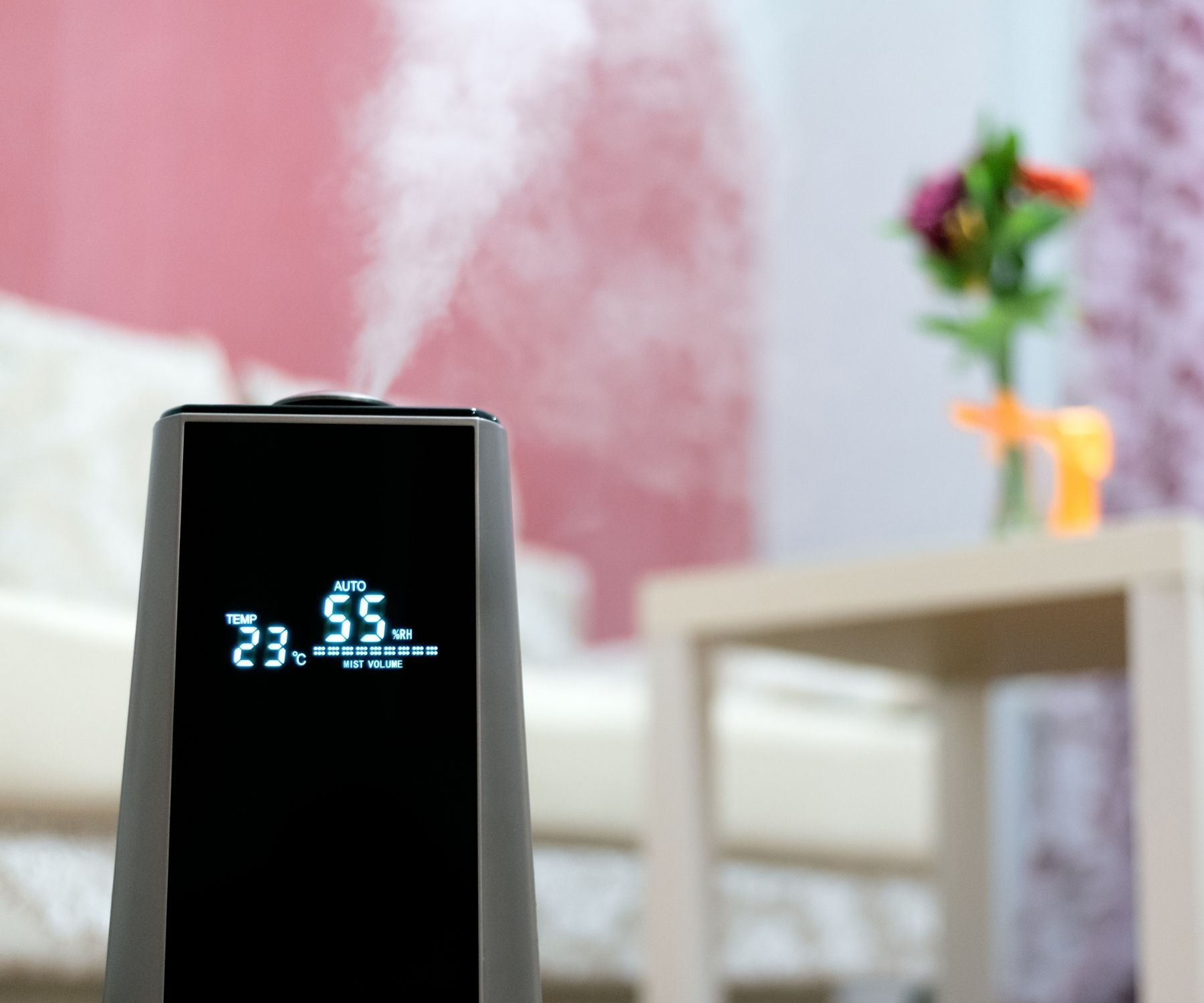
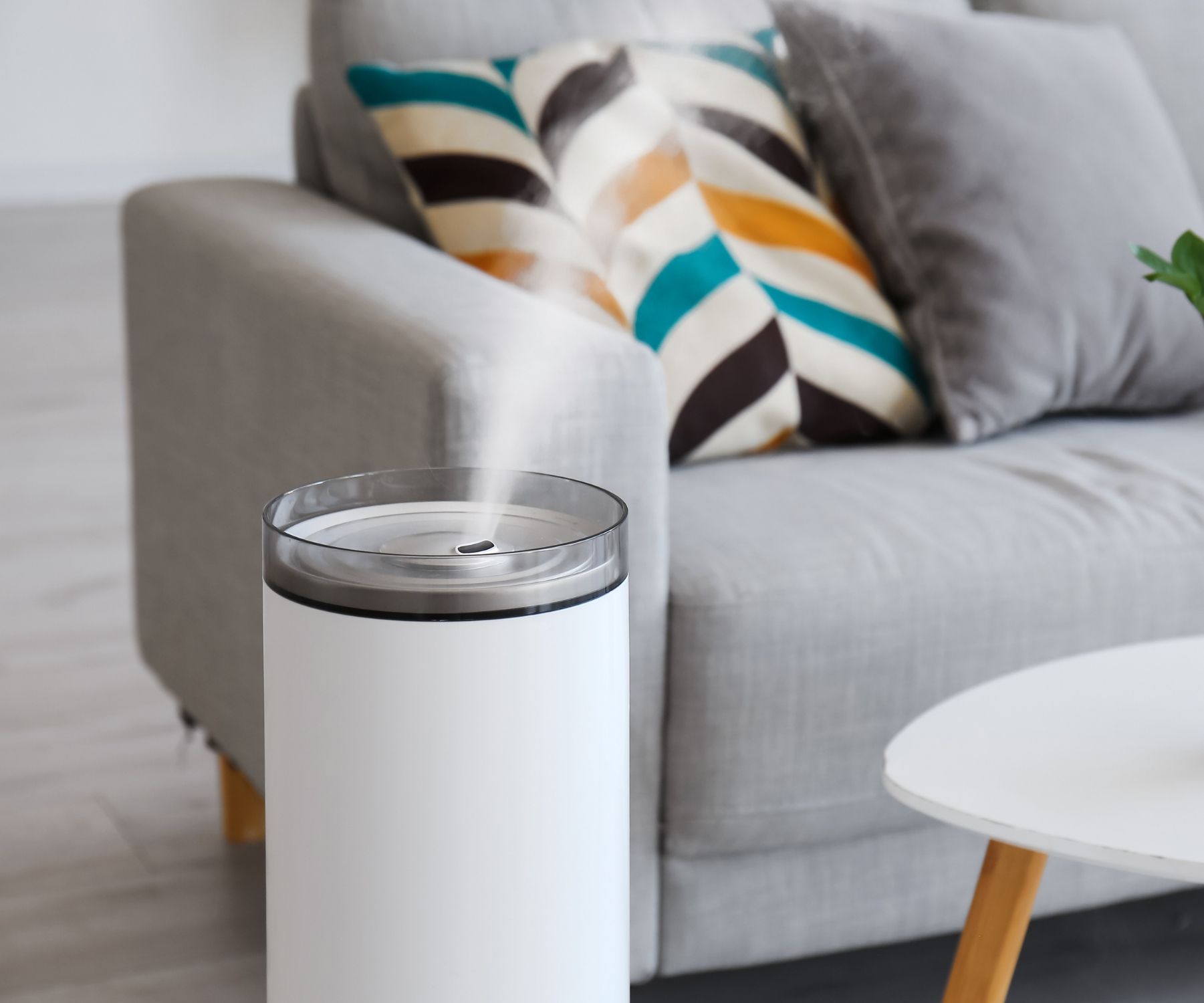
 Elecameier is a tall tower humidifier that has a shape that is similar to a wine bottle.
Elecameier is a tall tower humidifier that has a shape that is similar to a wine bottle.
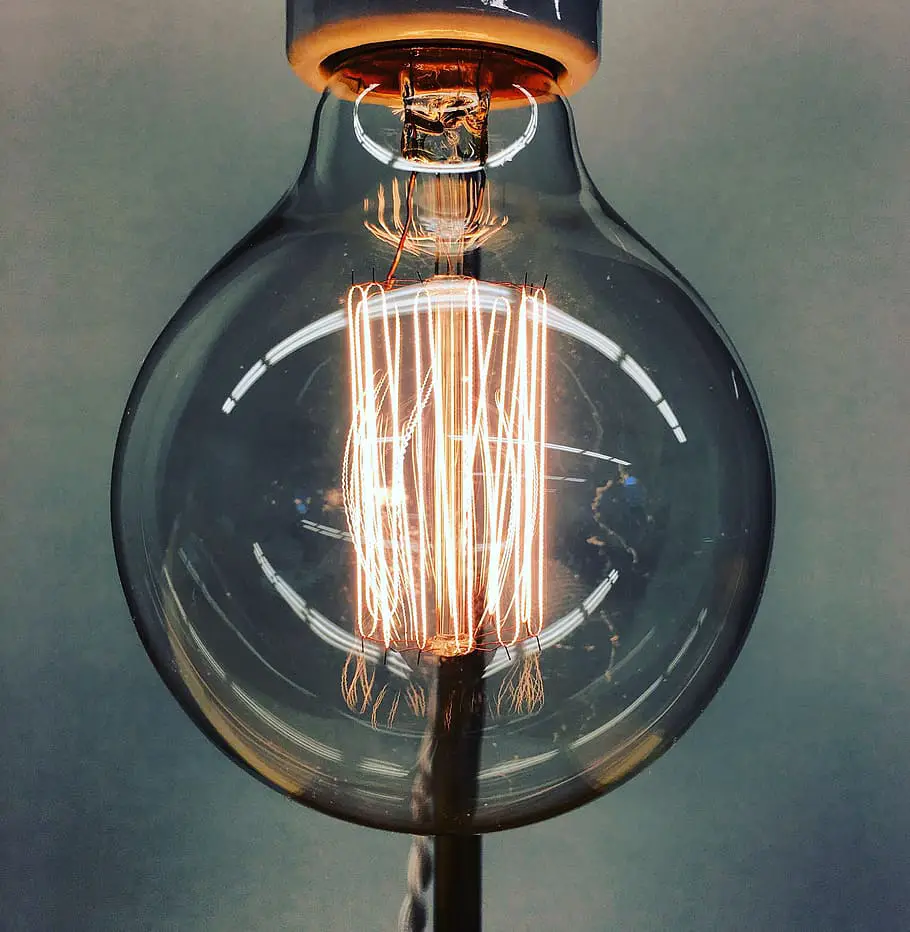

 Summary
Summary